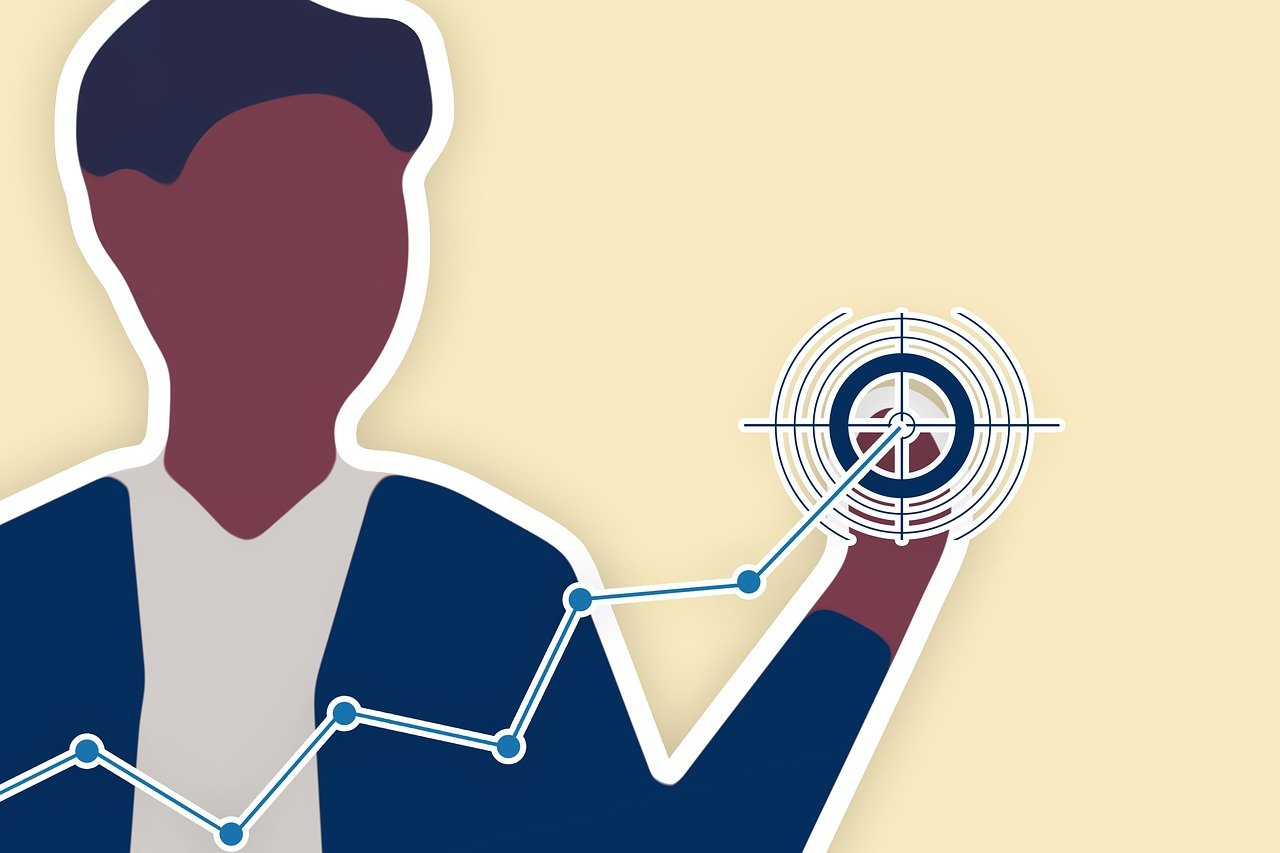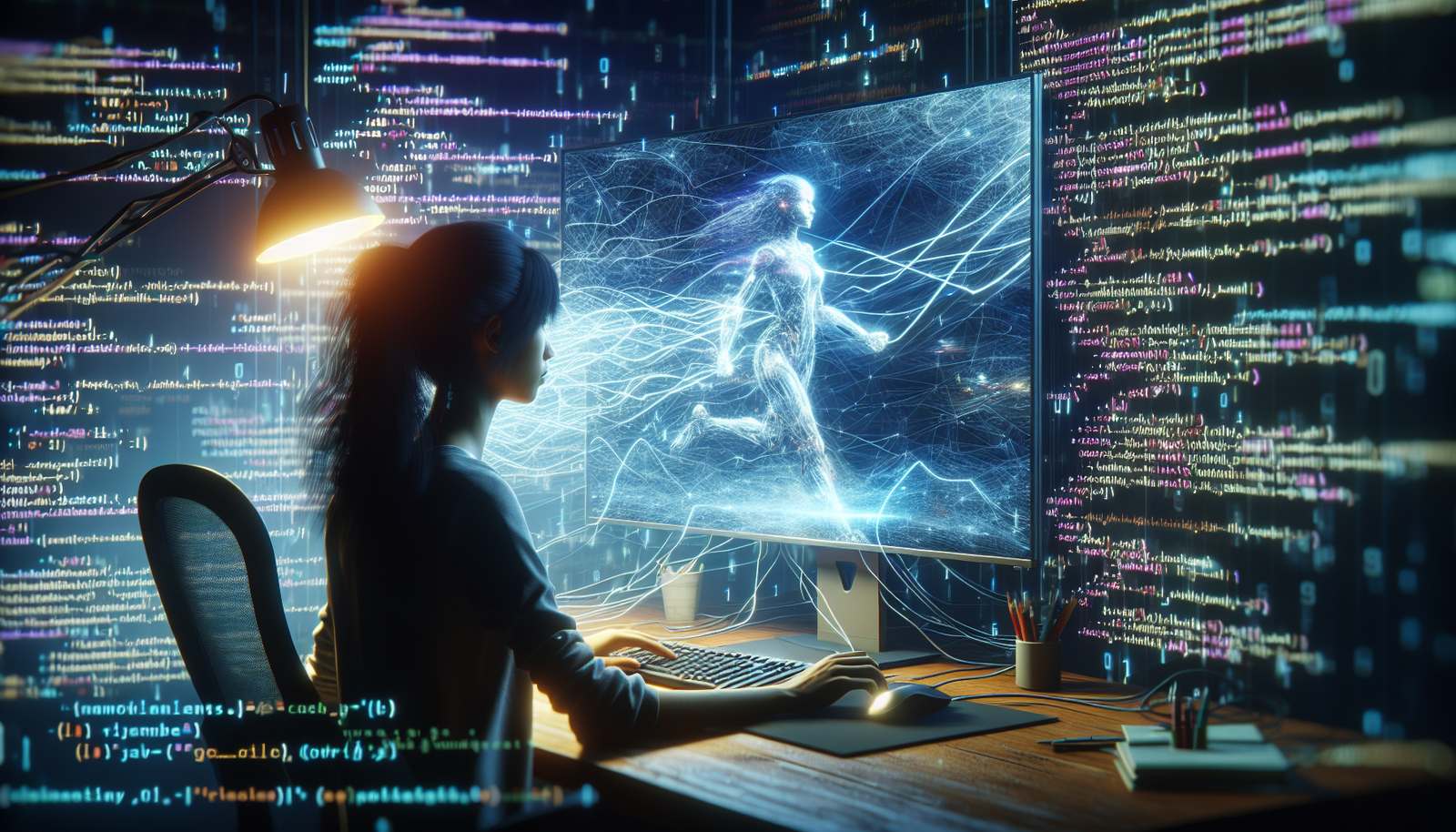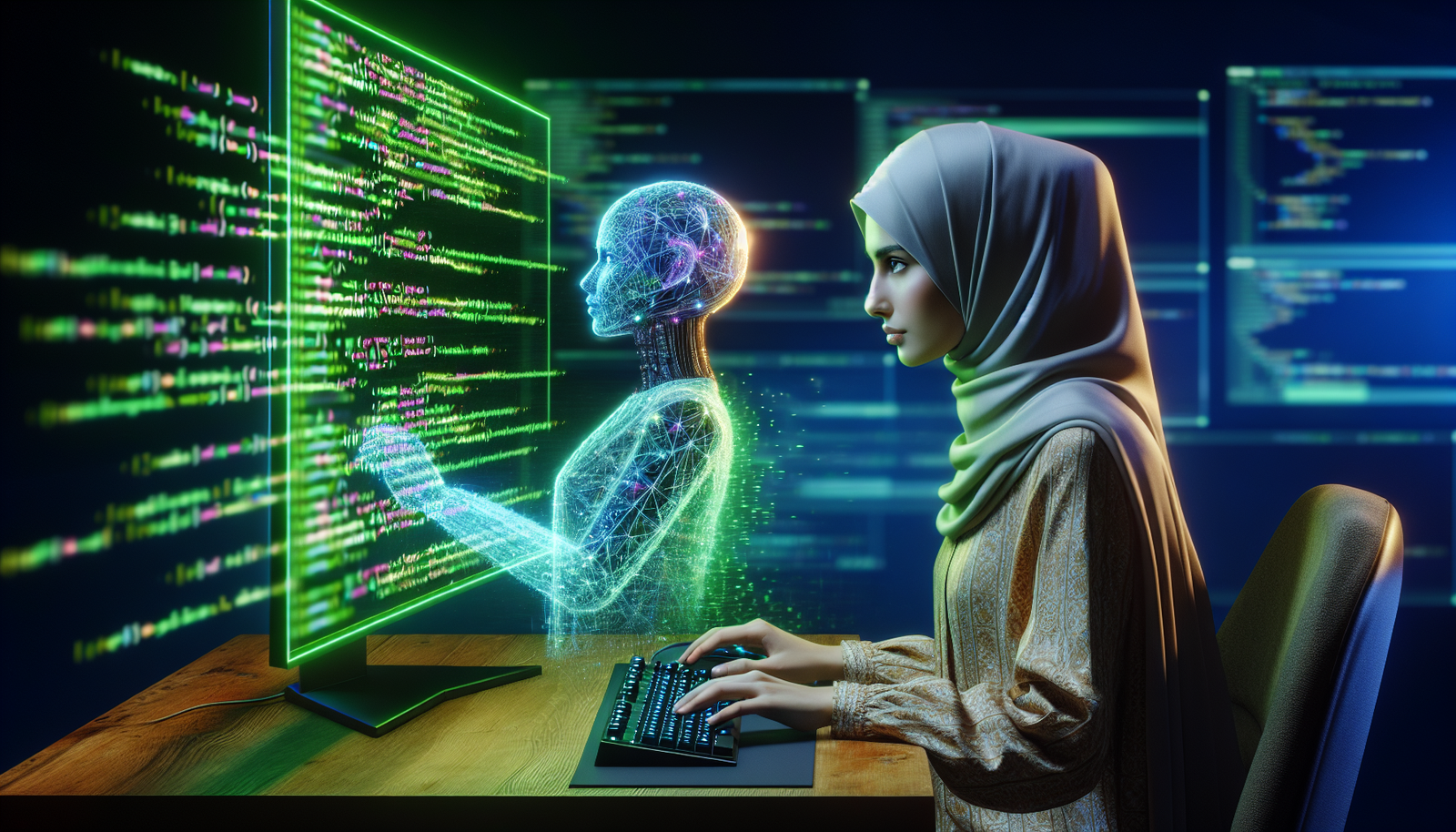
In the grand expanse of the digital realm, artificial intelligence has evolved into a key player, dominantly flexing its muscles in the area of character programming. “The Art of Character AI Programming” is an article that zaps us into the vibrant world of AI and its nuances in shaping digital characters. From the nuts and bolts of the process to the freshest updates transforming the landscape, this enriching piece uncovers all that one needs to know about the state of the art in character AI. There’s quite an adventure awaiting us, so let’s fuse our creativity with the modern miracles of AI to craft characters that transcend the boundaries of reality!
Understanding Character AI
As passionate creators and technologists, we embrace the development of artificial intelligence (AI) in video games, particularly when it comes to character AI. But what exactly is Character AI?
Definition of Character AI
Character AI refers to the development of Artificial Intelligence characters in video games that interact, learn, adapt, and make decisions like human counterparts. These characters can be adversarial, friendly, or neutral entities that users encounter within a gaming environment. They are distinguished from their static backgrounds and props by their dynamic, intelligent behaviors.
Functions and importance of Character AI in video games
Character AI plays a pivotal role in video games because it influences how characters respond to the player’s actions and the game environment. It contributes greatly to the overall gaming experience, ensuring that the gameplay is engaging and unpredictable. Through AI, non-playable characters can make autonomous decisions like following, fighting, or helping the player, resulting in a more immersive, interactive gaming experience.
Basics of AI Programming
To create AI characters, we need to understand the groundwork of AI programming. It involves crafting algorithms and rules that dictate how an AI character will act or react in different situations. Simple AI might involve rule-based systems where decisions are taken based on predefined rules, while more complex AI might include machine learning, where the AI learns and adjusts its behavior based on experience.
Types of AI in Video Games
In our work, we distinguish several types of AI characters based on their roles and the level of intelligence they portray.
Non-Player Characters (NPCs)
These are characters controlled by AI. They help make the game world feel alive and can play various roles, including merchants, quest givers, or simply civilians going about their day.
Enemy AI Characters
These adversarial AI characters pose the main challenges in a game. We program them to react against the player’s actions in an intelligible and challenging way to maintain the game’s difficulty.
Friendly AI Characters
Often acting as allies or helpers to the player, these friendly AI can provide game-changing support or assistance during gameplay.
Scripted AI Characters
Also known as deterministic characters, these follow strictly scripted behaviors. Their actions are typically predictable, as they follow a pre-programmed script, which makes them less dynamic, but is easier for us to implement.
Building Blocks of Character AI
Creating compelling character AI requires us to use several techniques.
Decision Making Mechanisms
It’s essential for AI characters to make decisions that feel realistic and keep the player immersed. Decision-making systems like decision trees, state machines, and behavior trees help achieve this.
Pathfinding Algorithms
AI characters must be able to navigate the gaming world. We use pathfinding algorithms to calculate the most efficient route for a character to reach its destination.
Artificial Neural Networks
Using these, we can mimic the human brain’s functionality and process information in a non-linear and parallel way, thereby making the AI character more dynamic and realistic.
Reinforcement Learning
Utilising reinforcement learning allows our AI to learn optimal behaviours through a system of rewards and punishments, thereby improving AI character development.
Decision System in AI Character
Understanding Decision Trees
A decision tree is a graphical representation of potential outcomes and actions. It’s a key component in our toolbox, allowing AI characters to make smart choices based on various conditions.
Incorporating Finite State Machines
A finite state machine enables an AI character to switch between different states based on inputs from the environment. It’s useful for modeling simple AIs.
Behavior Trees in AI Character
Behavior trees help in viewing AI’s decision-making process graphically. It’s a flowchart-like system that we use to create a highly flexible and modular AI.
Movement Algorithms in Character AI
Basic Pathfinding Algorithms
Pathfinding is pivotal for realistic AI character movement. Simple algorithms-like A* and Dijkstra’s help us achieve basic but effective pathfinding for our AI.
Navigation Mesh
A navigation mesh is a simplified representation of a game’s walkable areas. It’s highly effective for creating AI characters that can seamlessly navigate complex environments.
Advanced Movement Techniques
We often use advanced movement techniques like flocking and steering behaviors for more complex and seamless character control.
Programming Character Behaviors
Developing AI Scripting Languages
Specialized AI scripting languages allow more flexibility and control when developing AI character behaviors. This script creates a rule-based system for AI behaviors.
Behavior Selection Technique
The behavior selection technique helps AI characters to choose the appropriate behavior from a range of possibilities based on specific rules or decision-making models.
Conditioning AI Behavior
By conditioning AI behavior, we can train our AI characters to learn and adapt their behavior dynamically based on their experiences in the game.
Tuning and Testing Character AI
Debugging AI Code
Debugging AI code is essential to ensure smooth gameplay and eliminate unwanted AI character behaviors.
Balancing AI Characteristics
Balancing AI attributes like strength, speed, skill level, etc., is critical in maintaining a fair and entertaining gaming experience.
Iterative Testing and Tuning of AI
Iterative testing and tuning help us continually refine and develop our AI characters to make the gaming experience as engaging and realistic as possible.
Ethical Issues in Character AI Development
Ethical AI Design
As creators, we must consider the ethical implications of our work. We need to ensure that our AI is respectful and inclusive of everyone who uses our games.
Bias in AI Character
Be it gender, race or age bias, any sort of prejudice in AI character can lead to a negative gaming experience. It is therefore our responsibility to ensure that our AI characters are free from bias.
Privacy and Security in AI Gaming
With the increased use of AI in gaming, privacy and security issues become paramount. Our gaming community should feel safe that they are not being monitored or their data being misused.
Future of Character AI Programming
Role of Machine Learning
Machine learning holds an enormous potential in the area of character AI programming by allowing AI characters to learn, adapt and grow smarter with each game.
Impact of AI on Gaming Industry
The impact of AI on the gaming industry is profound. It has rewritten how games are developed and played by making gaming more immersive and interactive.
Emerging Technologies in AI
Technologies like deep learning, neural networks, and reinforcement learning are revolutionizing character AI, driving us towards more complex and engaging gaming experiences.
Best Practices in Character AI Programming
Following Design Patterns
As AI programmers, following good design practices ensures that our AI is flexible, modular, and easy to maintain and debug.
Continual Learning and Upgrading
Given the constant evolution of AI technologies, we must keep improving our skills and staying updated with the latest advancements.
Collaborating with Other Developers
Collaboration fosters creativity and innovation. It enables us to learn from each other’s experiences and insights.
Keeping up with Industry Trends
Being in tune with the current trends allows us to anticipate future shifts and better meet our gamers’ expectations.
By doing all these, we ensure that our characters are not just figures, they’re part of an immersive experience that gamers will love and cherish. With innovation and diligence, the future of character AI is boundlessly promising.









Leave a Reply